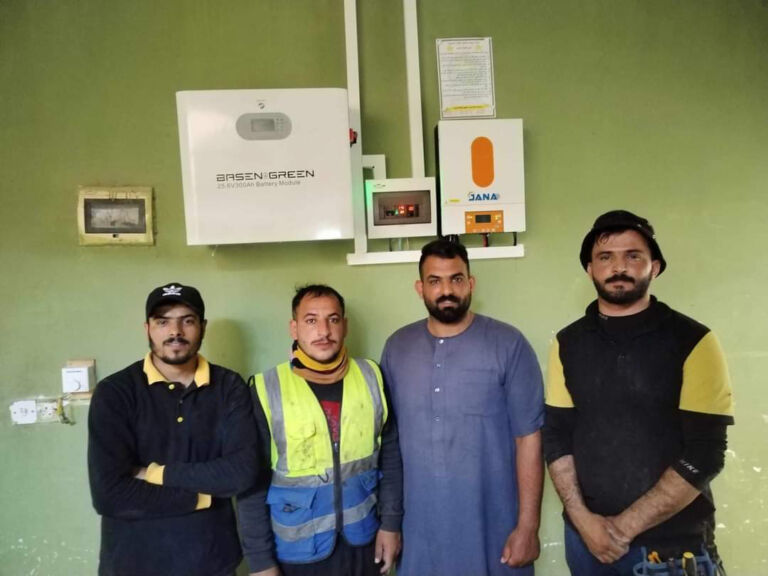How Does Battery Storage Change in Series?

When it comes to battery storage, there are a variety of factors to consider in order to maximize efficiency and effectiveness. One such factor is the arrangement of batteries in a series. In this article, we will explore how battery storage changes when arranged in series and the potential implications for energy storage systems.
Understanding Series Connection of Batteries
In a series connection, batteries are connected end to end, so that the positive terminal of one battery is connected to the negative terminal of the next. This arrangement increases the total voltage of the battery bank, while the capacity remains the same. For example, if two 12-volt batteries are connected in series, the total voltage would be 24 volts.
Increased Voltage
One of the most significant changes in battery storage when connected in series is the increase in voltage. This can be beneficial for applications that require higher voltage levels, such as electric vehicles or off-grid solar systems. By increasing the voltage, the overall power capability of the battery bank is enhanced, allowing for more demanding energy needs to be met.Maintained Capacity
While the voltage increases in a series connection, the overall capacity of the battery bank remains the same. This means that the energy storage capacity does not change, only the voltage levels. It’s important to consider this when designing energy storage systems, as the total energy available will remain constant despite the increased voltage.Balanced Charging and Discharging
Another aspect to consider when connecting batteries in series is the need for balanced charging and discharging. Since the batteries are interconnected, it’s crucial to ensure that each battery receives and delivers an equal amount of charge and discharge. Failure to do so can result in uneven wear and tear, leading to reduced performance and lifespan of the battery bank.Potential Risks and Considerations
Series connections also come with their own set of risks and considerations. For instance, if one battery in the series fails, it can affect the entire battery bank, possibly leading to a complete system failure. Additionally, the increased voltage levels may require additional safety measures to prevent electrical hazards, such as overvoltage protection and insulation.Conclusion
In conclusion, arranging batteries in a series connection can significantly impact battery storage. The increased voltage level can cater to higher power requirements, while maintaining the same energy storage capacity. However, it’s important to carefully consider the risks and implement appropriate measures to ensure the safe and efficient operation of a series-connected battery storage system.Overall, understanding how battery storage changes in series is essential for designing and implementing effective energy storage solutions for various applications. By considering the implications of series connections, it is possible to optimize battery storage for improved performance and reliability.


